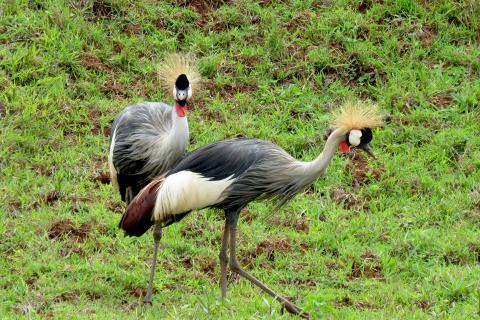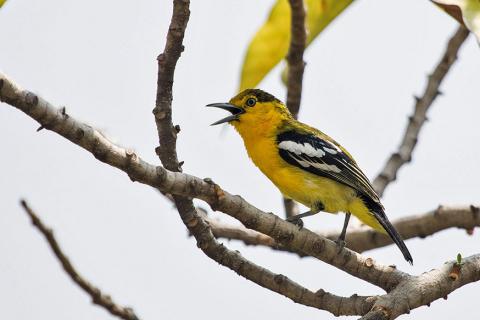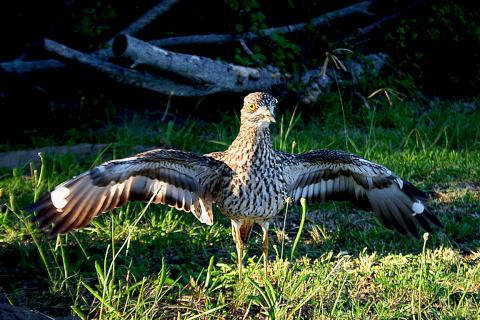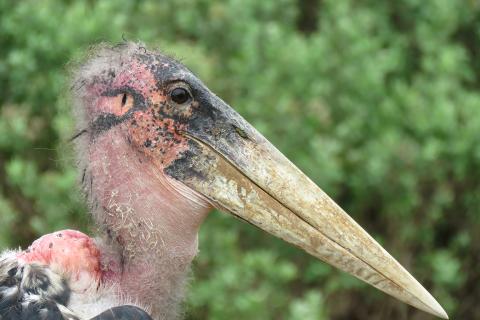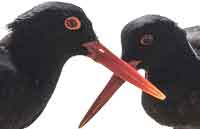 People can understand and empathise with birds. Birds are a lot like us in many ways.They dress up in a new set of feathers when they are ready to find a partner of the opposite sex; they engage in elaborate courtship dances for and with their chosen mate; they seek out locations and build elaborate secure homes to shelter and rear their families; and they spend endless amounts of time and energy protecting, feeding and nurturing their offspring until they are ready to leave the family home and even then they will continue to provide support and the benefit of their experience. Yes, birds are a lot like us. Or, are we a lot like birds? After all, in evolutionary terms they arrived on earth millions of years before we did.
People can understand and empathise with birds. Birds are a lot like us in many ways.They dress up in a new set of feathers when they are ready to find a partner of the opposite sex; they engage in elaborate courtship dances for and with their chosen mate; they seek out locations and build elaborate secure homes to shelter and rear their families; and they spend endless amounts of time and energy protecting, feeding and nurturing their offspring until they are ready to leave the family home and even then they will continue to provide support and the benefit of their experience. Yes, birds are a lot like us. Or, are we a lot like birds? After all, in evolutionary terms they arrived on earth millions of years before we did.
